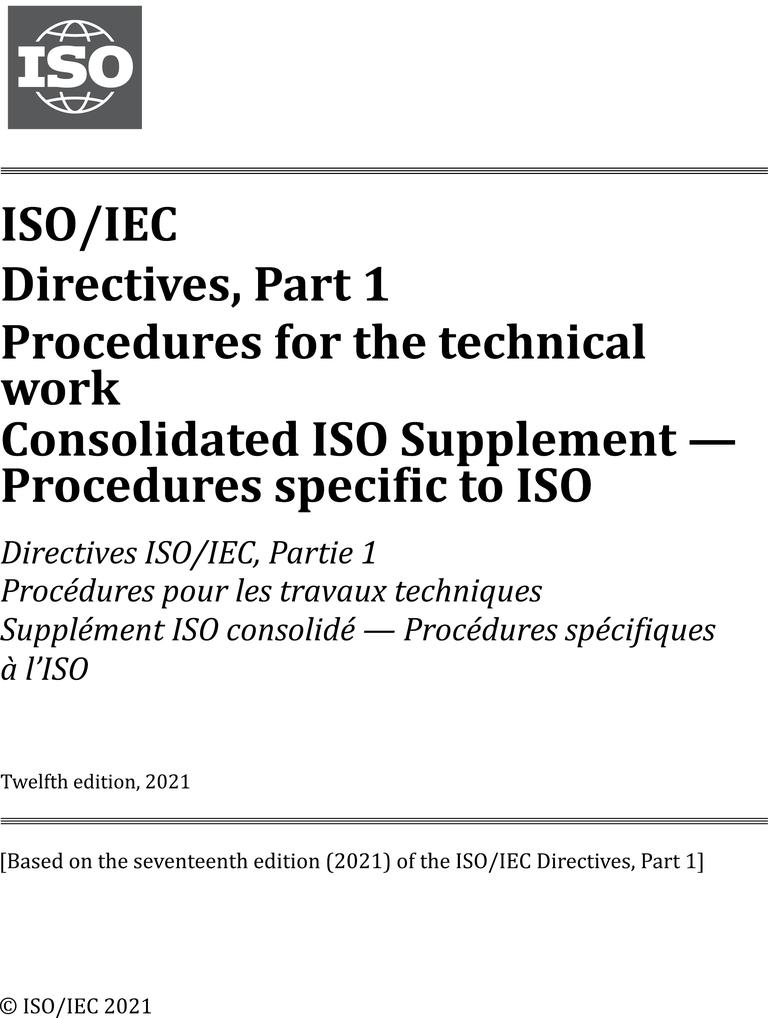South Africa can significantly improve water and energy efficiency by aligning its tap labelling programme with international standards, a new study by the South African National Energy Development Institute (Sanedi) and non-governmental organisation Clasp shows.
The ‘In-depth assessment of water efficiency opportunities in South Africa’ study, released ahead of National Water Week from March 20 to 26, found that standards for taps and showerheads could contribute to mitigating the country’s water and energy crises by reducing the use of water and electricity needed to heat some of that water.
Advertisement“This report seeks to advance water, and in turn, energy efficiency in South Africa by making recommendations for alignment to international standards which have improved efficiency globally. It encourages a flow follows function approach in the labelling and standardisation of taps and installations,” said Sanedi appliance standards and labelling project manager Ashanti Mogosetsi.
To solve the problem of inefficient water use, which can typically increase utility bills, countries are increasingly standardising taps and fixtures to maximise water savings.
AdvertisementThe National Water and Sanitation Master Plan, published in 2018, targets the development of a water efficiency labelling scheme for taps and fixtures by 2025 in line with international standards.
In line with this, the South African Bureau of Standards Special Committee participates in the International Standards Organisation (ISO) project to develop an ISO standard for water labelling systems.

The SABS considers the standard, once published, to be applied to establish a water efficiency labelling programme in South Africa, which predominantly imports commercially available taps.
“In establishing a water efficiency labelling programme, there must be uniformity between the requirements of all related South African National Standards (Sans) and international tap standards. Therefore, the gap analysis performed in this study aims to present recommendations to allow for such uniformity,” the report stated.
The report recommends that, when South Africa implements the labelling programme, water flow rate targets should be set to improve water efficiency, while labelling should be defined by the function of the faucet, suggesting that Sans should introduce uniform descriptions of tap types and consider where the taps will be used, as well as their functions.
The report warned, however, of unintended consequences in which flow rates are reduced to save water, but users end up showering longer, for example, and further suggested the best minimum and maximum flow rates that would not compromise the user's experience.
Toilets, taps and showers typically consume 40% to 60% of the total yearly potable water use in domestic and commercial areas, which is why water efficient fixtures installed in taps for various users typically save water, energy and costs in both commercial and residential buildings.
“Clasp is pleased to release this important study to the public alongside Sanedi in hopes that the relevant sectors will engage the report findings ahead of the finalisation of government’s labelling programme,” said Clasp East Africa senior associate Monica Wambui.
Businesses and homeowners pay for water three times, namely buying, heating and disposing of the wastewater.
“We encourage South Africans to engage with the report and take steps to align their plumbing needs with the country’s evolving regulatory framework. Conserving water also conserves energy, which reduces your yearly water and electricity bills,” Mogosetsi concluded.









